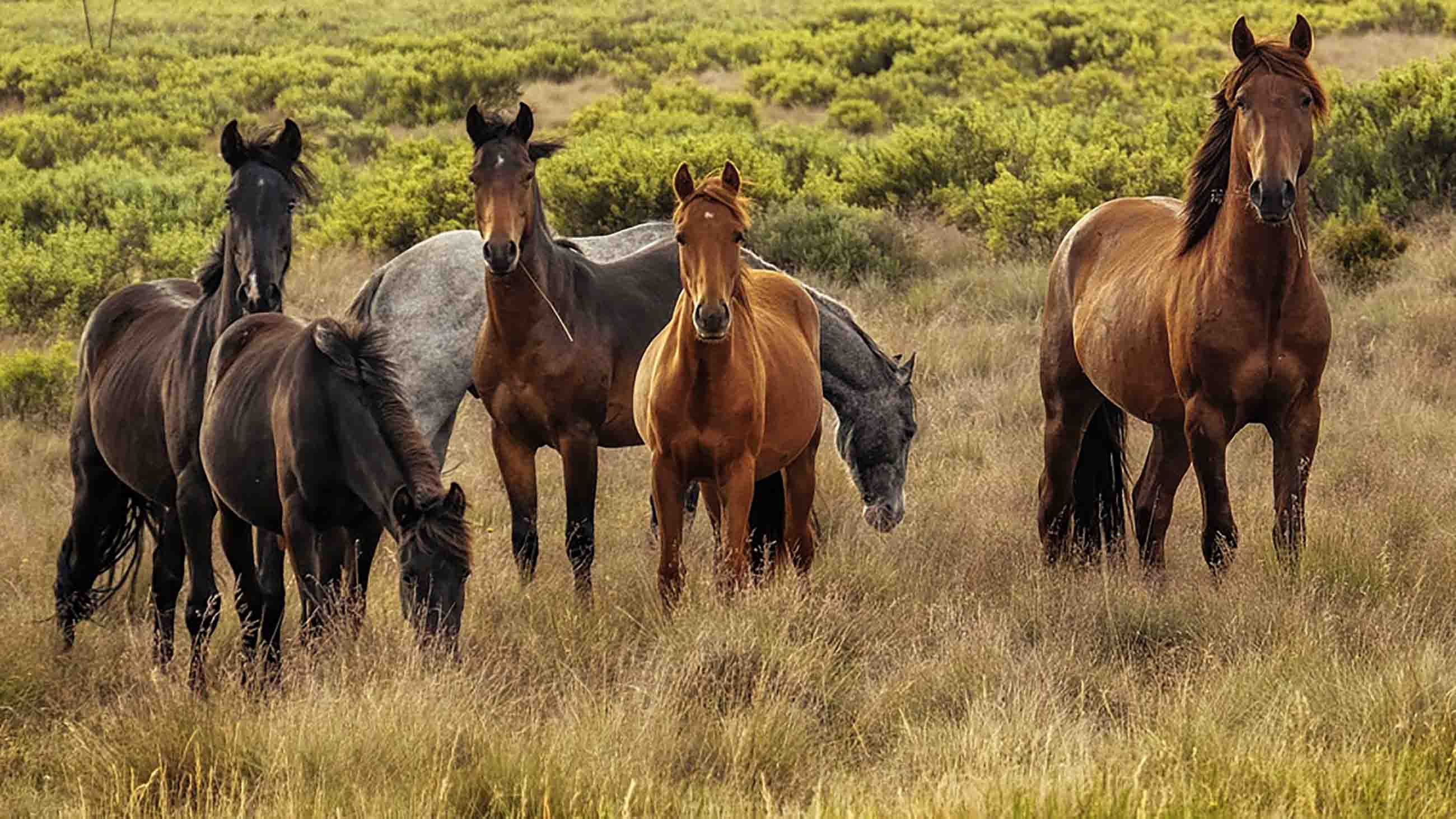
Gulags, a term that evokes images of harsh labor camps spread across the Soviet Union, have a complex history intertwined with Russia's development in the 20th century. These camps, established during Lenin's time but vastly expanded under Stalin, were places of punishment and forced labor for millions. From political prisoners to common criminals, the gulag system aimed to "correct" through work. Yet, behind this facade lay brutal realities: harsh conditions, severe punishments, and high mortality rates. In this introduction, we'll uncover 20 facts about the gulags, shedding light on their operations, the lives of those within them, and their lasting impact on Russian society and the world's understanding of human rights abuses.
What Were the Gulags?
Gulags were forced labor camps in the Soviet Union, established during Joseph Stalin's rule. They were part of a system designed to punish criminals and political prisoners. Life in these camps was notoriously brutal, with harsh conditions, inadequate food, and hard labor being the norm.
- Gulags originated in the 1920s but expanded significantly in the 1930s under Stalin's regime.
- At their peak, hundreds of camps existed, spread across the Soviet Union, from Siberia to the Arctic Circle.
- Estimates suggest that millions of people passed through the Gulags, with a significant number dying due to the conditions.
The Purpose of the Gulags
Initially intended for political prisoners, the scope of the Gulags expanded over time to include a wide range of convicts, from petty criminals to those deemed counter-revolutionary.
- The Soviet government used these camps as a tool for economic development, forcing inmates to work in mining, construction, and logging.
- They also served as a means to suppress dissent and control the population through fear.
Life Inside the Gulags
Life in the Gulags was extremely harsh and often lethal. Prisoners faced extreme cold, starvation, and overwork, among other challenges.
- Food rations were meager and often insufficient for the strenuous labor prisoners were forced to undertake.
- Overcrowding and unsanitary conditions led to rampant disease and high death rates.
- Guards were known for their brutality, using severe punishment and torture as methods of control.
Notable Gulags and Their Impact
Some Gulags gained notoriety due to their size, location, or the particular harshness of the conditions within them.
- The Kolyma camps in the far northeast were among the deadliest, with a high mortality rate due to the extreme cold and grueling work.
- Norilsk, Vorkuta, and Magadan became infamous for their harsh climates and the significant industrial operations prisoners were forced to support.
The End of the Gulag System
The death of Stalin in 1953 marked the beginning of the end for the Gulag system, although it took years for it to be fully dismantled.
- Nikita Khrushchev, Stalin's successor, initiated reforms that led to the release of many prisoners and the closure of several camps.
- By the 1960s, most of the remaining camps had been closed, although some continued to operate under different names or as prisons.
Legacy of the Gulags
The Gulags left a deep scar on the Soviet psyche and had a lasting impact on Russian society and the world's view of the Soviet Union.
- Survivors' memoirs, such as Aleksandr Solzhenitsyn's "The Gulag Archipelago," played a crucial role in exposing the realities of the Gulag system to the world.
- Today, the term "Gulag" has become synonymous with political repression and the excesses of the Soviet regime.
- Efforts to remember and honor the victims of the Gulags continue, with museums and memorials established in Russia and former Soviet states.
The Gulags in Numbers
The sheer scale of the Gulag system and its impact on individuals and families is difficult to comprehend.
- Official records and research indicate that at least 18 million people were detained in the Gulag camps throughout their existence.
- The death toll is estimated to be between 1.5 and 2 million, although the exact number may never be known.
- The vast geography covered by the camps meant that the Gulag system affected nearly every part of the Soviet Union.
Cultural Representation of the Gulags
The horror and suffering of the Gulags have been depicted in various forms of art and literature, contributing to the global understanding of their impact.
- Films, novels, and songs in Russia and beyond have drawn inspiration from the stories of those who endured the Gulag camps.
- These cultural works serve as a reminder of the human capacity for both cruelty and resilience, ensuring that the lessons of the Gulags are not forgotten.
Reflecting on the Shadows of the Past
Diving into the history of the Gulags has unveiled a chapter of human endurance and resilience amidst harsh realities. These labor camps, a dark facet of Soviet history, remind us of the price paid for political ideologies and the strength of the human spirit in the face of adversity. Understanding the Gulags isn't just about recounting tales of suffering; it's a call to remember those who lived, worked, and perished in them. Their stories, a testament to the complexities of human nature and governance, encourage us to reflect on our present and future societal structures. Let's carry forward the lessons learned from this grim chapter of history, ensuring such atrocities are never repeated. As we move ahead, let the memories of the Gulags serve as a beacon, guiding us toward a more humane and just world.
Was this page helpful?
Our commitment to delivering trustworthy and engaging content is at the heart of what we do. Each fact on our site is contributed by real users like you, bringing a wealth of diverse insights and information. To ensure the highest standards of accuracy and reliability, our dedicated editors meticulously review each submission. This process guarantees that the facts we share are not only fascinating but also credible. Trust in our commitment to quality and authenticity as you explore and learn with us.


